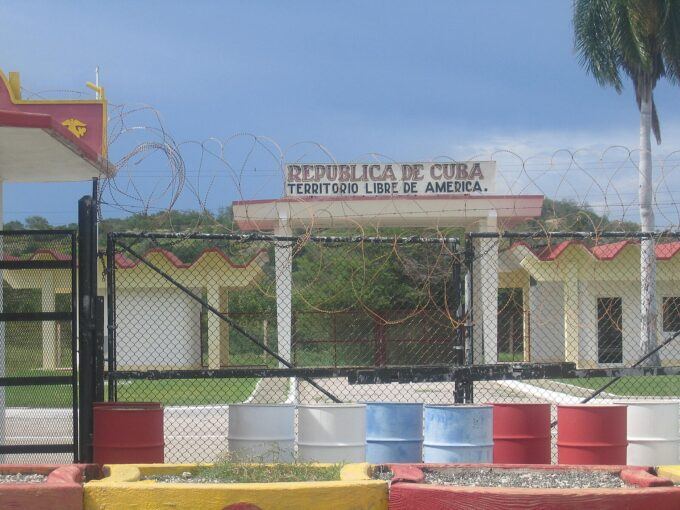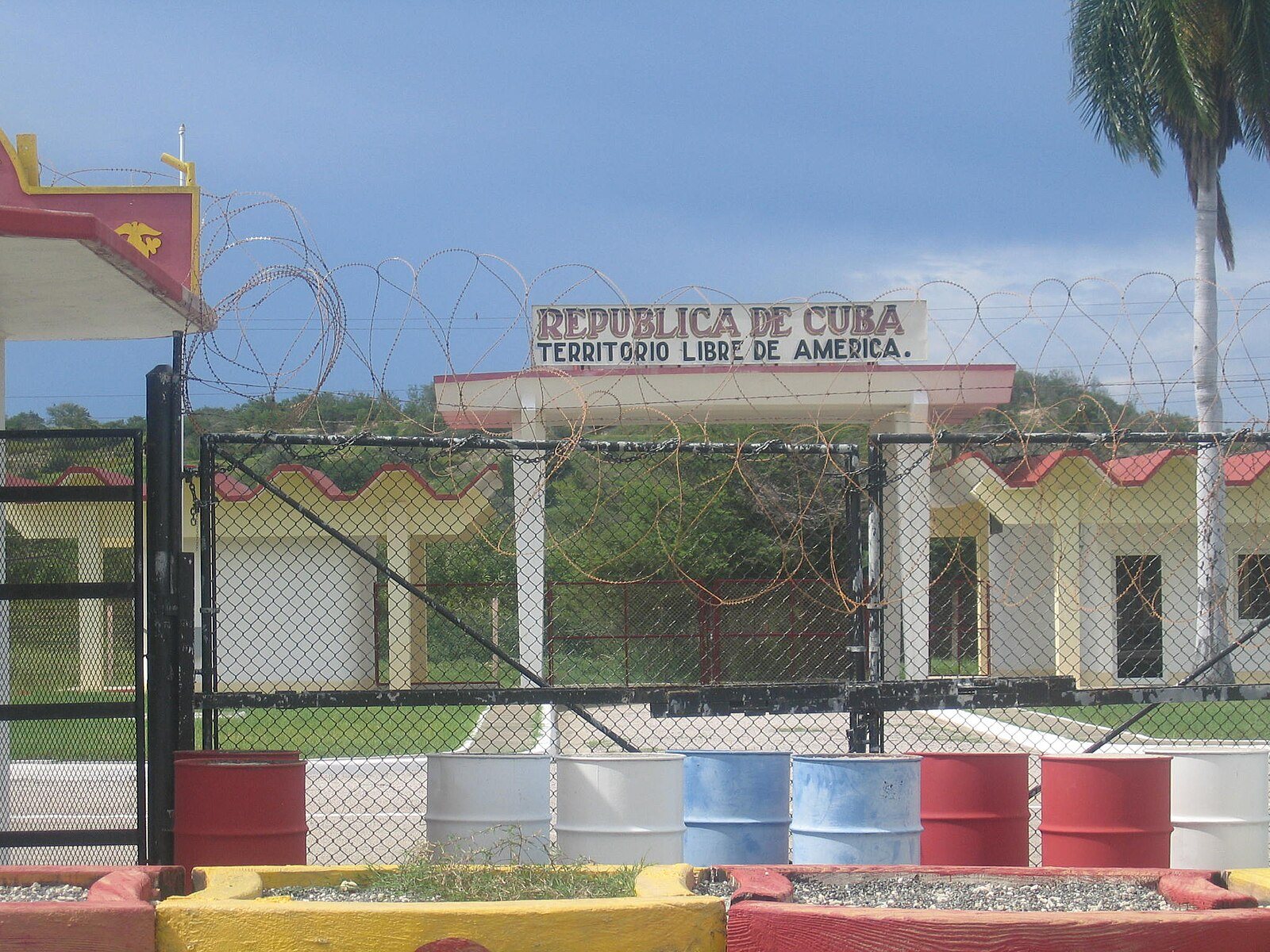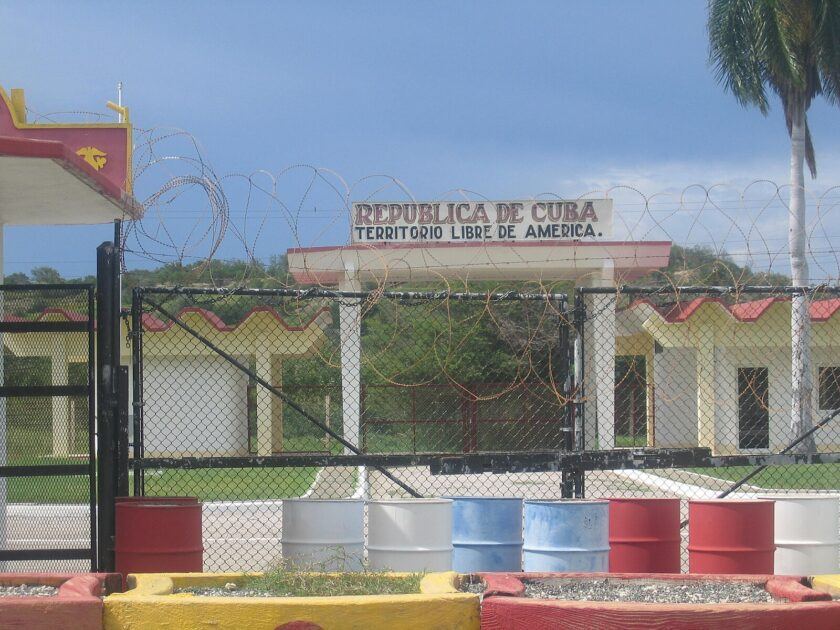
Photograph Source: hakkun – CC BY-SA 3.0
The Trump administration on June 30 released its “National Security Presidential Memorandum 5” on U.S. plans for Cuba. Criticism from Cuba’s government and international commentators welled up, as if entirely new forms of anti-Cuba aggression were in the works. That may or may not be so. Actually, the recent Memorandum was a re-issue of the document put forth by the first Trump administration on June 16, 2017.
The eruption of an unusually forceful reaction to a Memorandum that says nothing new seems odd. It’s not. For one thing, the Memorandum creates an opening for U.S. government departments and agencies to fashion entirely new devices aimed at destroying Cuba’s economy. The 2017 Memorandum did exactly that, and what happened was disastrous.
And more: the international context of U.S. assaults on Cuba has drastically changed. U.S. foreign intervention now shows as war from the sky against Iran and as U.S. support and military hardware for genocide against Gazans. Is Cuba next in line for extreme measures?
Prescriptions
The Memorandum’s ostensible use is as a directive to heads of the various departments making up the U.S. government’s executive branch. It requires them to send President Trump reports on new tools they have devised for beating up on Cuba, and to do so within 30 days. They must “adjust the current Cuba regulations in order to ensure adherence, so that unauthorized transactions with Cuba and impermissible travel to Cuba are effectively banned.”
The document attests to the authority already vested in the departments to take action against Cuba. It cites the 1996 Helms-Burton Law as having legitimized the U.S. purpose of regime change for Cuba.
The Memorandum sets forth various U.S. goals and various ways to implement them. These include promotion of free enterprise in Cuba, channeling funds to the Cuban people and not to their government, “restructuring certain travel arrangements and [US] travel,” and ending supposed human rights abuses in Cuba. This year’s Memorandum once more calls for depriving Cuba’s military and intelligence services of money derived from U.S. tourism.
This Memorandum, as with the other one, bans U.S. tourism to the island. All U.S. citizens traveling to Cuba for permitted reasons must keep records of their transactions in Cuba and for five years ensure that they are available for potential Treasury Department inspection.
The Memorandum directs U.S. officials to expand Cubans’ access to the Internet and to a “free press” and to oppose efforts at the United Nations and “other international forums” aimed at blocking U.S. policies on Cuba. Annually, the secretaries of the various departments of the executive branch must report to the president “regarding the engagement of the United States with Cuba to ensure that engagement is advancing the interests of the United States.”
President Biden never disavowed Trump’s 2017 Memorandum. As a result, actions adverse to Cuba carried out under its authority remain in force.
Reaction
In discussion on July 2 with Randy Alonso Falcón, host of Cuban TV’s “Round Table” (Mesa Rotunda), Cuban Vice Foreign Minister Carlos Fernández de Cossío portrayed the recent Memorandum as a “political platform, a political document that is propagandistic, but also one that is a political declaration of U.S. intentions serving as a cover for actions it will take and others already in effect.”
As examples of the latter, he cited both sanctions applied to ships of third countries bringing fuel to Cuba and denial of access to the U.S. Visa Waiver program to those otherwise eligible citizens of 40 named countries who have visited Cuba. Now, potential travelers to Cuba often choose not to visit Cuba so as to preserve their eligibility. The intended result has been damage to Cuba’s tourism industry.
Cossio claimed that U.S. measures prompted by the recent Memorandum pose extra danger from “the hand of [Secretary of State] Marco Rubio … [and] of that clique that has made money and political careers out of hostility towards Cuba.” He laments harassment against individuals and businesses licensed to export goods to Cuba’s private sector, suggesting that the U.S. government seeks to harm Cuba’s private sector. He worries that some Cuban-Americans visiting in Cuba may be barred from returning to the United States.
The foreign ministry official pointed to a big change. Cubans have been “receiving privileged treatment on crossing the US border.” They are now vulnerable to “all [U.S.] anti-migrant actions including the alligator prison in Florida.”
International criticism of the recent Trump Memorandum erupted promptly and from many quarters, beginning in Cuba. Cuban president Miguel Díaz-Canel condemned the U.S. “purpose of inflicting the greatest possible damage and suffering.” National Assembly President Esteban Lazo, predicted their “vile purpose will fail in the face of Cubans’ unity and determination. “Cuba will defeat this new aggression,” pronounced Prime Minister Manuel Marrero Cruz.
The Bolivarian Alliance for the Peoples of Our America (ALBA) judged the Memorandum to be “aimed at forcefully hitting at all sectors of Cuban society.” Argentina’s International Committee for Peace, Justice, and Dignity for the Peoples declared its support for U.S. opponents of the Memorandum. Brazil’s Landless Workers Movement (MST) on July 3 initiated an international fundraising campaign to send essential medicines to Cuba.
Mexican President Claudia Scheinbaum on July 2 denounced the Memorandum, while declaring that “Mexico is the country that for decades voted against the blockade of Cuba and that will always be our position.” Mao Ning, spokesperson for China’s Ministry of Foreign Affairs on July 2 stated that, “We exhort the USA to immediately raise the blockade and sanctions against Cuba, and eliminate the U.S. list of state sponsors of terrorism.”
The most explosive and revealing reaction came from Rosa Miriam Elizalde, editor of Cubadebate.cu. She was echoing Vice Minister Cossio’s observation that “Perhaps U.S. officials imbued with this euphoria over a new U.S. foreign policy of imposing peace through force are demanding something similar with Cuba.”
Writing for Mexico’s La Jornada news service on July 5, Elizalde points to “[D]éjà vu: More than 20 years after the United States invaded Iraq under false pretexts, we are witnessing the same warmongering operetta in South Florida … During the spring of 2003, while the missiles were falling on Baghdad, the ultra-sector of Cuban emigration took to the streets of Miami with a disturbing slogan: ‘Iraq now; Cuba later’”.
She notes that, “[T]he Miami propaganda machine is once again waving the flag of armed intervention [in Cuba], while the U.S. and Israel are escalating their military offensive in Iran.” She highlights Congresswoman María Elvira Salazar’s remark that, “This is how tyrants are confronted, not only in Iran, but also satraps in Cuba, Venezuela and Nicaragua. Peace through force. That’s the American way.”
Elizalde regards as ominous that “Trump invokes as an American military success the sad memory of the Hiroshima and Nagasaki bombs.” She describes a volatile situation in which “[i]mmigrants are hunted down like beasts, just like communists and Jews before World War II.”
She views the current political climate as recalling that of 2003, when the United States invaded Iraq: “The logic is the same: misinform, isolate, demonize, justify sanctions and, if conditions are right, authorize intervention in the “dark places of the planet.”
The post Trump’s Cuba Memorandum Provokes Strong Criticism Amid New US Aggressiveness Abroad appeared first on CounterPunch.org.



